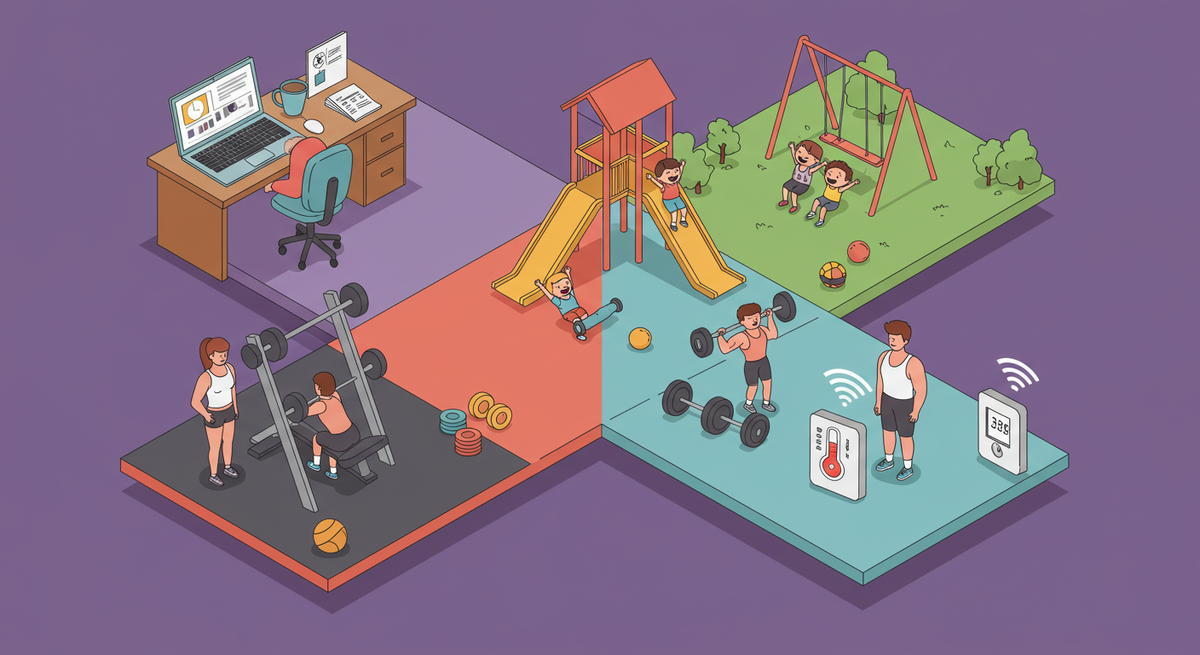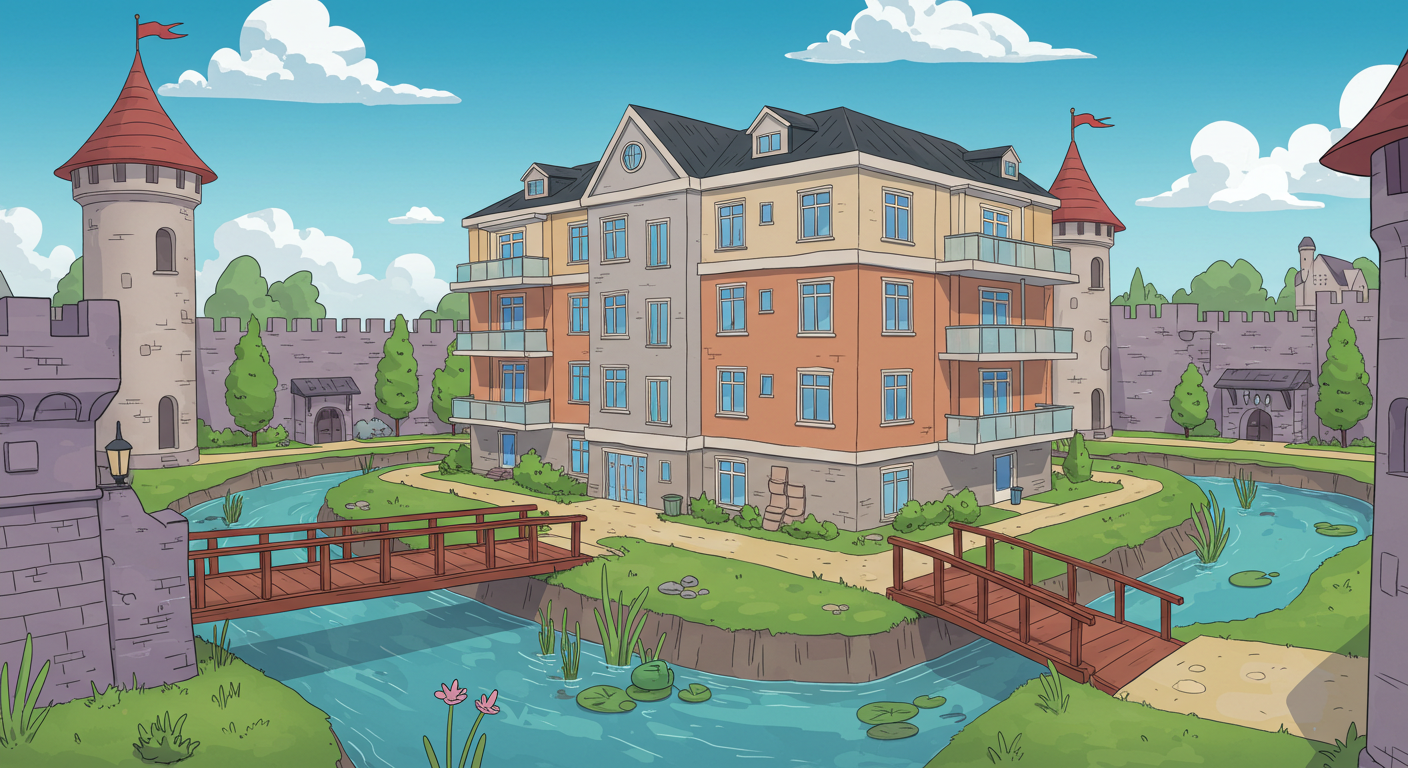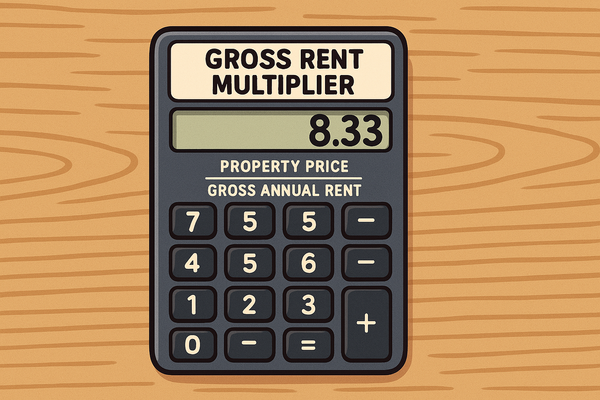THE DEMOGRAPHIC AMENITY DIVIDE: HOW PROPERTY MANAGERS ARE FAILING THEIR TENANTS 🏢
New data reveals a troubling disconnect between what property managers provide and what renters actually want.

America's rental landscape is fracturing along generational and lifestyle fault lines, creating winners and losers in the high-stakes battle for tenant satisfaction. New data reveals a troubling disconnect between what property managers provide and what renters actually want.
When I pored through the latest NMHC and Grace Hill Renter Preferences Survey data – a massive undertaking involving 172,000 renters across 4,220 communities nationwide – one thing became abundantly clear: property management companies and rental property developers who take a one-size-fits-all approach to amenities aren't just missing the mark; they're actively sabotaging their bottom line.
The numbers don't lie, folks.
AMENITY PREFERENCES BY DEMOGRAPHIC: THE GREAT DIVIDE
The data exposes an uncomfortable truth: America's rental industry is operating on outdated assumptions and lazy stereotypes about what tenants want. Here's what different tenant groups actually care about, based on comprehensive survey data from over 172,000 renters nationwide.
These digital warriors demand connectivity as a constitutional right. Smart locks and thermostats are twice as important to Gen Z as to other generations.
Security and outdoor space tie for first - the architectural manifestation of parental anxiety. Build the walls high, keep the bad guys out, but give children room to play.
The forgotten demographic. 49% rate well-equipped gyms as a priority, and they'll pay 3% more for hardwood floors. Yet they make the most stable, reliable tenants.
86% consider high-speed internet essential. Interest in shared workspaces increased from 35% to 48% in recent surveys. Yet most property managers are still pretending it's 2019.
THE UNCOMFORTABLE TRUTH 🔍
America's rental landscape doesn't need more cookie-cutter properties with standardized amenity packages. It needs thoughtful, data-driven spaces that acknowledge the profound differences in how generations and lifestyle groups experience home.
Property managers who continue to ignore these demographic fault lines aren't just leaving money on the table – they're actively contributing to tenant dissatisfaction, unnecessary turnover, and wasted investment in amenities nobody asked for.
Anything less isn't just bad business. It's a failure of imagination.
Chart Created by LandlordDoc.com | Data Source: NMHC and Grace Hill Renter Preferences Survey
THE DIGITAL NATIVES HAVE SPOKEN 📱
Let's talk about Gen Z and Millennials, shall we? These digital warriors are transforming rental properties into technological battlegrounds where connectivity isn't just desired – it's demanded with the fervor of a constitutional right.
A staggering 62% of Gen Z respondents rated apartment technology as "extremely" or "very" important. Let that sink in. For the TikTok generation, a property without smart locks might as well be secured with a medieval drawbridge and moat.
... ok, maybe that's not such bad security.

Bad analogy.
Moving on.
Their priorities tell a compelling story:
- High-speed internet (8.7/10)
- Package rooms for their endless stream of online purchases (8.5/10)
- Smart home features that would make Tony Stark nod appreciatively (8.0/10)
Meanwhile, property managers across America are still touting "newly renovated" properties where "newly renovated" means they finally replaced that Reagan-era dishwasher with a slightly more modern dishwasher... but only because the Reagan-era one finally broke down; for good this time.
The disconnect is jarring.
FAMILIES: MODERN HOME FORTRESSES
For families with children, the rental experience transforms into something fundamentally different – a quest for safe harbor in increasingly uncertain times.
Their priority matrix reveals their deepest concerns:
- Outdoor spaces and playgrounds (8.5/10)
- Controlled access and security features (8.5/10)
- High-speed internet (8.0/10)
Notice how security features and outdoor spaces tie for first place? This isn't coincidental. It's the architectural manifestation of parental anxiety – build the walls high, keep the bad guys out, but give my children room to play within our fortress.
Yet countless property management companies continue marketing "family-friendly" properties with nothing more than a sad, solitary swing set positioned uncomfortably close to busy parking lots. The cynicism is palpable.
BOOMERS: THE FORGOTTEN DEMOGRAPHIC 👴👵
Let's not mince words: the modern rental industry has utterly failed Baby Boomers.
While some developers trip over themselves to install cryptocurrency ATMs and TikTok studios for Gen Z tenants, they've all but ignored the specific needs of older Americans with disposable income and long-term rental patterns.
The numbers tell the story of neglect:
- 49% rate well-equipped gyms as a priority
- They'll pay 3% more for hardwood floors (that's real money in today's market)
- They prefer proximity to friends and family over trendy neighborhoods
The cruel irony? Boomers often make the most stable, reliable tenants.
- They pay on time.
- They stay longer.
- They complain less.
Yet the amenities that would secure their loyalty remain frustratingly elusive in many rental properties today.
THE REMOTE WORK REVOLUTION: AMERICA'S GREAT MIGRATION 💻
The pandemic fundamentally altered America's work landscape, yet property managers (and many developers) have responded with all the speed and agility of a glacier.
Remote workers have crystal clear priorities:
- High-speed internet (8.7/10) – literally tied with Gen Z as the highest score across all demographics
- Package acceptance (8.0/10)
- Shared workspaces (8.0/10)
An astonishing 86% of remote workers consider high-speed internet very important or absolutely essential. Yet how many properties advertise their download speeds? How many can guarantee uninterrupted connectivity during crucial Zoom calls?
The data reveals interest in shared workspaces increased from 35% to 48% in recent surveys. This isn't a trend; it's a seismic shift in how Americans live and work. And most property managers are still pretending it's 2019.
THE UNCOMFORTABLE TRUTH 🔍
The data exposes an uncomfortable truth: America's rental industry is operating on outdated assumptions and lazy stereotypes about what tenants want.
Property managers who continue to ignore these demographic fault lines aren't just leaving money on the table – they're actively contributing to tenant dissatisfaction, unnecessary turnover, and wasted investment in amenities nobody asked for.
The way forward is clear but demanding:
- Targeted amenity packages based on actual data, not hunches.
- Strategic investment in features with proven demographic appeal.
- The courage to specialize rather than attempting to please everyone and satisfying no one.
America's rental landscape doesn't need more cookie-cutter properties with standardized amenity packages. It needs thoughtful, data-driven spaces that acknowledge the profound differences in how generations and lifestyle groups experience home.
Anything less isn't just bad business.
It's a failure of imagination.





